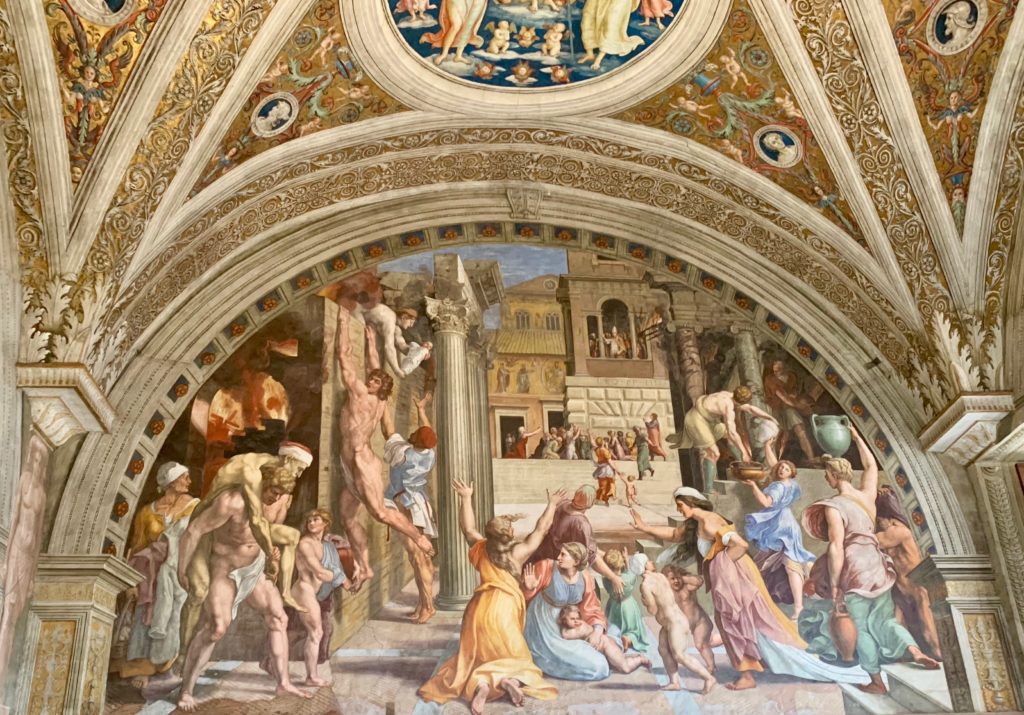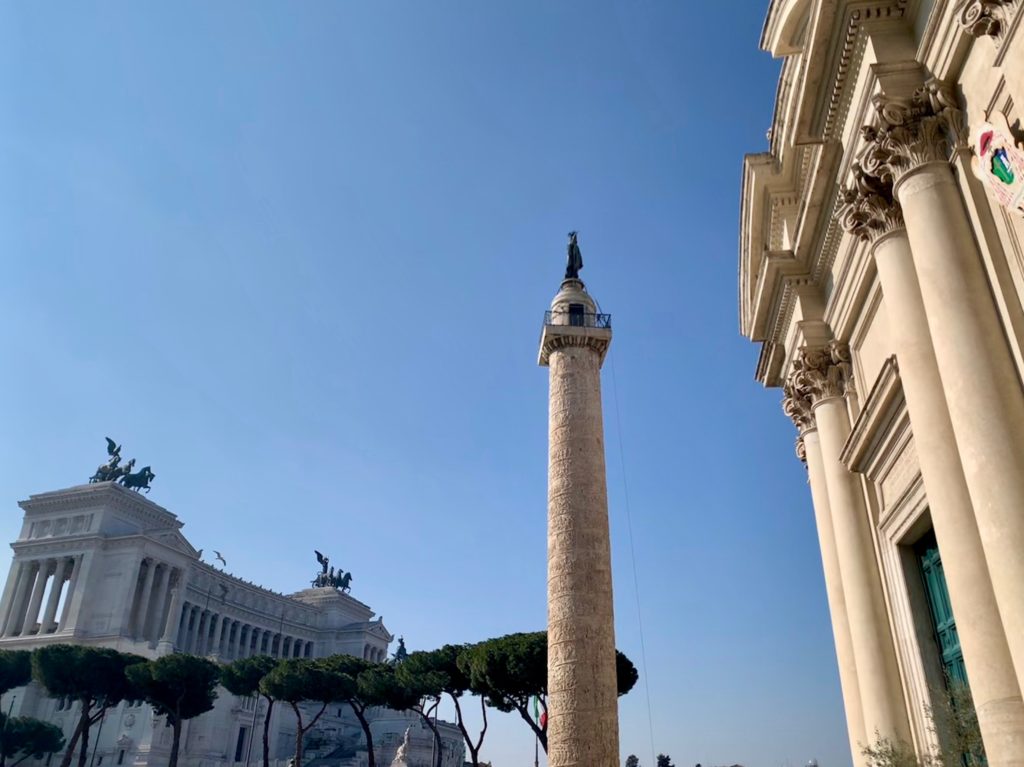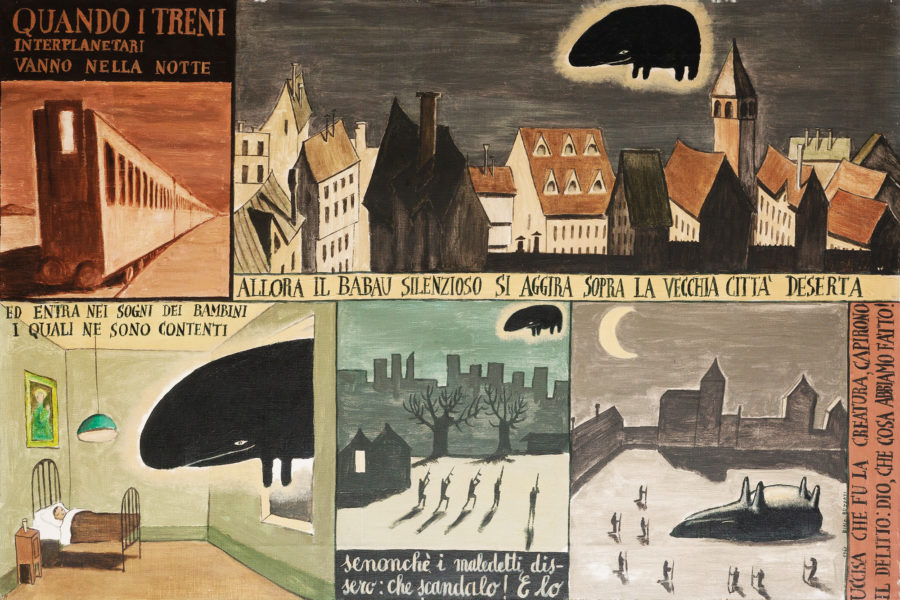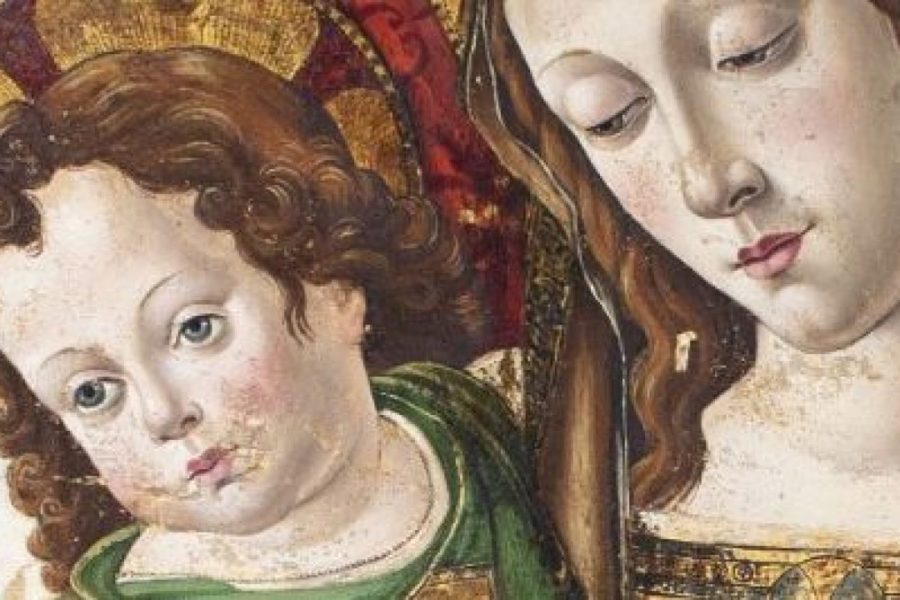Lack of time and money are no longer excuses. The golden rule is only one: knowing how to seize the moment (if we want to stay on the subject of Latinity, carpe diem). One of the most recent joys I have been able to experience, in fact, is that of the notification with the discount code coming from the application of Italo that, if we look at the circularity, becomes practically a constant. The starting point for a trip to Rome therefore came from one of these notifications. Of course, at the time of booking you have to be far-sighted, given that you are booking a trip for successive months, and patients, especially if we look forward to our journey.

So we come to us, what can you do in about a day and a half in the “Eternal City” (so named by the writer Albio Tibullo around the first century BC)? The first element to consider when planning our quick trip is to consider whether it is our “first time” or not. Although this was my second and years ago I visited the main places of interest, in my luggage there was a fundamental point, especially for a student of art history like me: the Sistine Chapel and the Vatican Museums; and it was from here that I wanted to start my journey. A little less than 6 million people visit these museums a year, keeping a splendid eternity and testimony to how the human can rise not only in an artistic field, but also in a religious context. Precisely because of this turnout, the first advice I can give is to book the entry ticket online with the “skip the line” option, which will not only take away the problem of long and boring files outside the complex, which could be even more uncomfortable in unfavorable weather conditions, but which will also save you precious time for other possible visits, especially if you are traveling at tight deadlines.
The result will be a “sentence made” and the first of banalities, but the Sistine Chapel is breathtakingly beautiful, but literally: if it were not for the genius of Michelangelo, Botticelli and all the great men who worked there, the visit would be really unpleasant: too many people, a really exaggerated crowd, which does not become annoying only for the purpose of the visit, but above all for what is of more value: the frescoes. Do you really believe that the breath, the sweat and the dust brought by all the tourists who crowd the Conclave hall every day is not dangerous ?! A problem that has been faced, for the same reason, also with Giotto’s Scrovegni Chapel in Padua. For those wishing to learn more, the book by Vittoria Cimino, dated 2016, is highly recommended: “How to preserve a great museum. The experience of the Vatican Museums”.

The problem of the crowd is of course also valid for the Museums, which present a truly refined and valuable collection, but which is, once again, devalued by the very substantial turnout and by some elements of the staff that are not up to the level of place where they are lucky enough to work. An example? A security officer beautifully leaning against an exposed tank, as if nothing had happened. But then there are also the tourists who, strong of the multitude of visitors, are not noticed while they touch with hand frescoes, busts, paintings. One cannot blame it only for the lack of culture, but also for the lack of civic sense and common sense.
Having planned a visit to the Vatican Museums and to the Sistine Chapel in the morning and considering that the visit to these places, if you decide not to go too far, does not last more than two or three hours, I was able to go, in just a few subway stops, to the Colosseum and the Arch of Constantine, to enjoy a nice sunny and warm afternoon.

The choice fell on these two incredible monuments not only for their historical-artistic value, but also for the possibility of walking, not only outside the complexes, but also in the direction of the famous Fori, splendid species in the sunset time . Unfortunately, due to the improvised and unplanned choice, I was able to admire the monumentality of the Flavian Amphitheater (this is the original name, the Colosseum will be the name that will come to light only in the Middle Ages) only from the outside. More than the Colosseum, however, my attention was captured by the Arch of Constantine, which very often, alas, is overlooked in favor of the nearby most famous and iconic monument, although this represents the type of the triumphal arch par excellence.
What is so special about this arch? As Filippo Coarelli says in his “Archeological Guide to Rome” (Arnoldo Mondadori Editore, 1984), “the Arch can be considered as a real museum of official Roman sculpture, extraordinary for its richness and importance”. I believe this is one of the most effective quotes to describe this architectural work which, just like a museum, is evidence of various eras. Although from the name it is easy to understand which period its design dates from, it is only from the vision in first person and thanks to an artistically trained eye that one can grasp how the marbles from which it is composed are not only of different types and qualities, but also of different origin. This is because the Arco is a patchwork of works conceived under the age of Trajan, Adriano, Marco Aurelio and, obviously, Costantino. We can therefore rightly say that this arch is the visual and most scenically possible representation of the glorious Roman imperial season.
And it is also a glorious testimony that I was able to observe the next day, on the half-day before I returned from Rome. Being not far from the Roma Termini station, I decided to spend my few hours at the Trajan’s and Vittoriano Forums, where I could feel a close bond between ancient and recent, between past and present. Queen of the Holes is undoubtedly the Trajan Column, wanted to celebrate the undertaking of the emperor Trajan in Dacia.It is not an everyday thing to find oneself in front of works between which almost two centuries elapse and which seem in any case so indissolubly in dialogue, and not only for the close geographical proximity.
It is the desire for power, grandeur and magnificence that makes the glory palpable in these contexts, it is the will to identify one’s own people and oneself as eternally great, debtors and users of a past glory that will echo over time.
And it is this Rome, whether it is the journey of a few days or hours, whether it is a stay or that it is forever. The eternal city is one of those cities that knows how to transform itself from a chaotic city by day to a place for night meditation, it is a center where you can find yourself and admire a breathtaking beauty even in the midst of thousands of strangers who, like you, will not stop never to be amazed and to be breathless.






